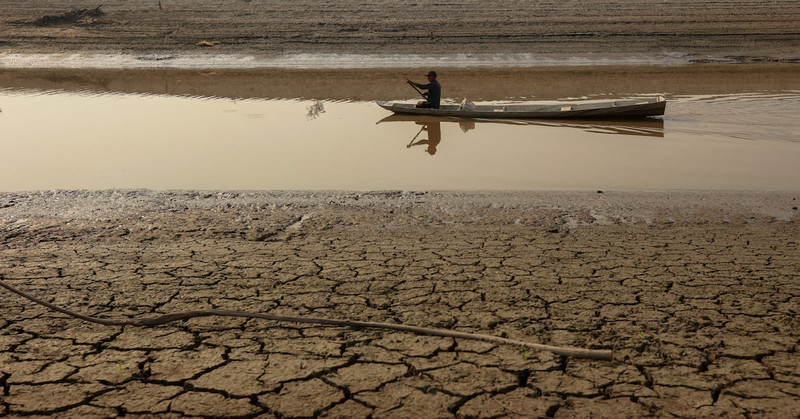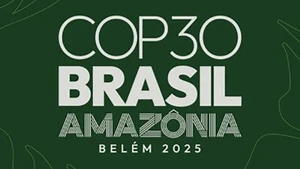A recent report by the World Meteorological Organisation (WMO) continues to sound the alarm and urges countries to work together to ensure water security in the face of existing threats.
The WMO report shows that 2023 was the hottest year on record. Record high temperatures are one of the reasons why rivers around the world experienced their driest year.
Widespread drought has been reported in the southern US, Central America and several South American countries. Water levels in the Amazon River and Lake Titicaca in South America are at historic lows. During more than 30 years of data collection, the UN’s meteorological agency has never seen such a large-scale drought in the world, said Stefan Uhlenbrook, director of hydrology, water and cryosphere at WMO.
Meanwhile, in the same year, many countries suffered severe consequences from storms, flash floods and inundation. According to the WMO report, Africa has the highest number of casualties.
In Libya, devastating floods in September 2023 caused two dams to collapse, killing more than 11,000 people and affecting about a fifth of its population. Floods also severely affected people in the Horn of Africa, the Democratic Republic of Congo, Rwanda, Mozambique and Malawi.
Floods have left untold damage to infrastructure and the economy. In the aftermath of the floods in 2023, the European Parliament (EP) recently approved over one billion EUR in aid to boost recovery efforts in Italy, Slovenia, Austria, Greece and France. This money only covers a portion of the emergency assistance and reconstruction activities such as clean-up, environmental sanitation, infrastructure repair costs, and so on.
WMO data shows that the volume of glaciers, which supply water to rivers in many countries, has shrunk to its lowest level in half a century, losing more than 600 gigatonnes of water in just one year. WMO warns that in the long term, the melting ice could threaten the water security of millions of people.
The WMO said such worrying weather events are influenced by the transition from La Nina to El Nino in mid-2023. Scientists also said the climate crisis makes weather events more extreme, unpredictable and dangerous. This makes forecasting and responding to natural disasters more difficult.
Concerns are growing that water scarcity could worsen as temperatures hit record highs in 2024. Low river levels are exacerbating a food crisis in Zimbabwe, as well as parts of southern Africa this year.
United Nations Water (UN-Water) estimates that around 3.6 billion people currently face water shortages for at least one month a year, and the number is expected to rise to 5 billion by 2050. This means the world is not on track to achieve the UN Sustainable Development Goal of ensuring water availability and sustainable management.
The WMO’s new report calls for countries to collect and share water information to better prepare for and respond to future challenges. While progress has been made, Africa, Asia and South America still have not fully collected the necessary data.
Water cannot be managed and used effectively without a clear understanding of the current state of this precious resource. The WMO Secretary-General stressed that, along with urgent actions, enhanced data sharing and multilateral cooperation play an important role in the common effort to protect water resources.
















